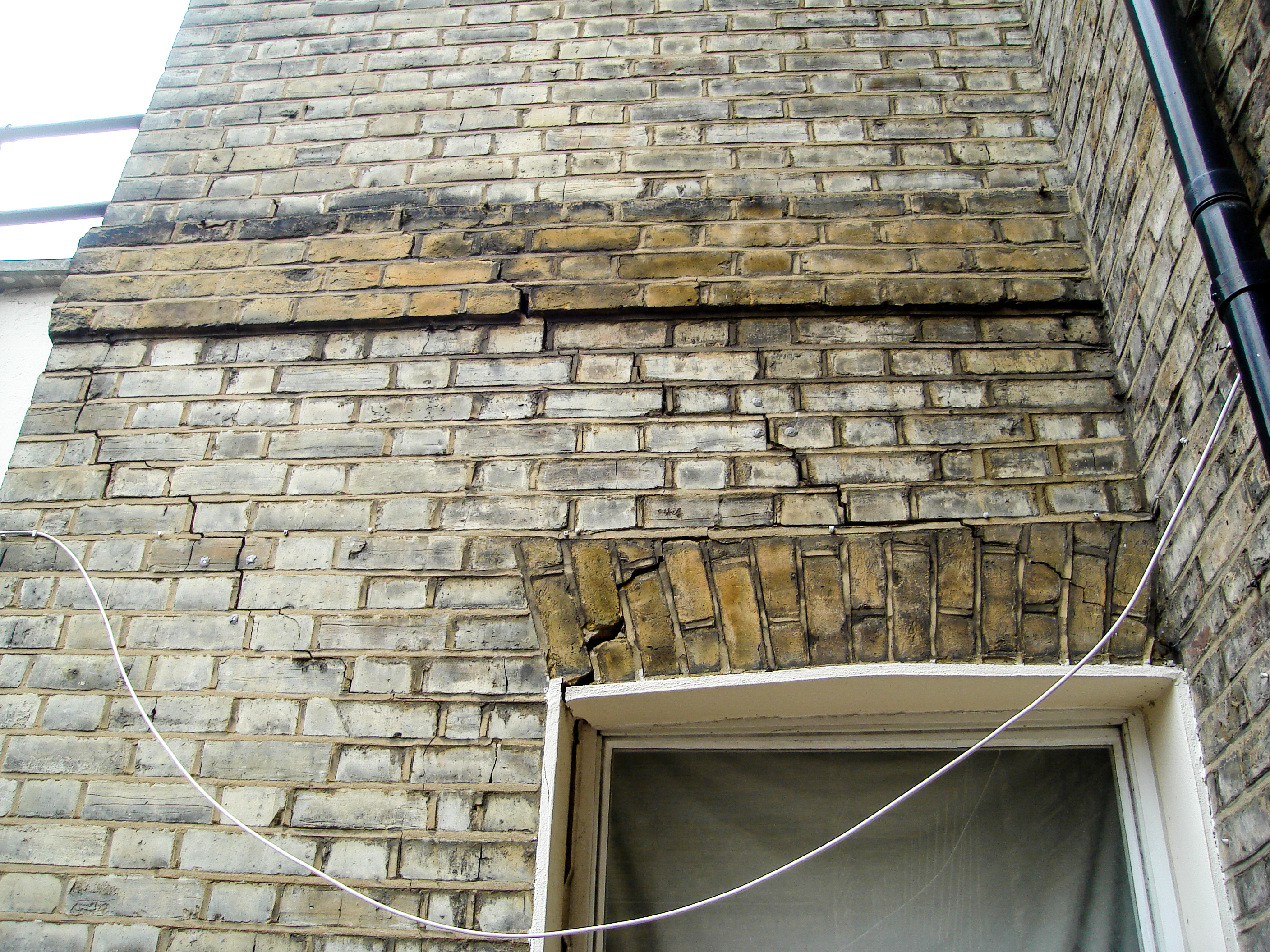You are here: What is underpinning and what is it for?
In a nutshell, underpinning a house is when you have to strengthen the foundations of your existing property because they are not strong enough to hold up the rest of your building anymore.
Tell-tale signs that your foundations are not doing their job, include looking out for external cracks in your brickwork. If there are cracks around door and window frames, or if a door suddenly starts sticking, don’t ignore it. You will need to get your house looked at by a Chartered Surveyor, who will be able to tell you if your home needs underpinning.

There are four main reasons why underpinning may be necessary;
- The original foundations are simply not strong enough anymore. Older buildings weren’t always designed to today’s standard and their foundations may no longer be adequate.
- The use of the existing structure has changed. If you are building an extension or adding another floor, you need to take into account the extra strain it will put on the original foundations.
- The structure of the soil, in which the foundations sit, has changed. This can be caused by a particularly thirsty tree soaking up all the water underneath your property or by a leaking drain that is softening the ground, washing the soil away and causing the foundations to shift. Either way, when the subsoil is drawn away from the foundations, it can create a cavity, which the building will slowly drop into, causing subsidence.
- Repeated flooding, drought or an earthquake can also cause your structure to move.
According to Homebuilding.co.uk, the cost for underpinning an average house is between £10-£15,000. But the work involved can vary from property-to-property and depends on what underpinning process you choose. There are several underpinning processes available;
Mass Concrete Method (or Mass Pour)
Traditionally, a builder would strengthen a house’s foundations by digging box-shaped cavities to a specified depth underneath the existing foundations and filling it in with concrete. It is mostly used when a property’s existing foundations are too shallow.
Soil Strengthening
Where the soil has been weakened or extracted, you can inject a special type of grouting or use a structural resin foam into the earth.
Beam and Base Method
This involves using a reinforced concrete beam either above, below or to replace the current footing.
Screw Piles and Brackets
If the excavation is too deep for a Mass Concrete Method, then screw piles and brackets can be installed to support the foundations.
Before you hire a company to carry out any underpinning work, make sure they specialise in underpinning and have a good track record. You need to be certain you are in good hands
If you are looking for a Surveyor, you may find some of these links useful:
Building Surveys
I want a local surveyor to do a Building Survey for me
Damp and Timber Report
Find local help with Damp and Timber Reports
Homebuyer Survey
I want a local surveyor to do a homebuyer survey for me
Home Condition Surveys
Find local experts and compare prices
Valuation Surveys
If you need a Valuation Survey
Scottish Home Reports
Find local experts and compare prices
Asbestos Surveys
I want to find a local surveyor to do an Asbestos Survey for me
CCTV Drain Survey
If you are looking for a CCTV Drain Survey
Electrical Reports
Find an Electrician to produce an Electrical report (sometimes known as an Electrical Installation Condition Report - or EICR) for a property.